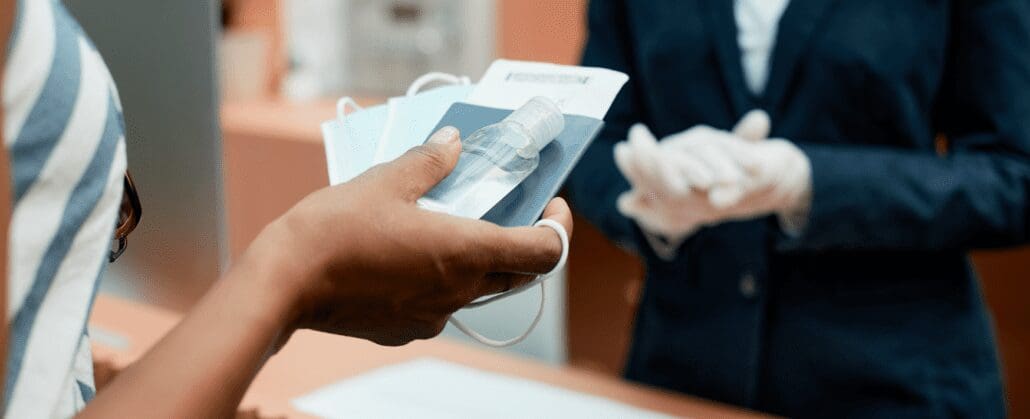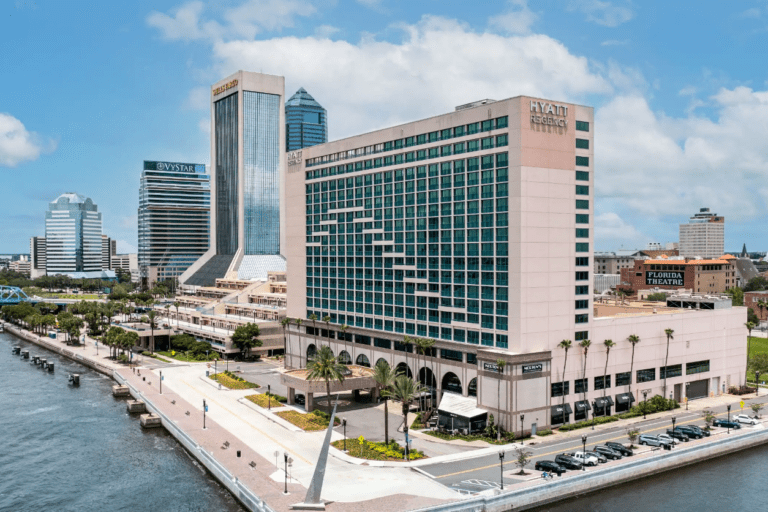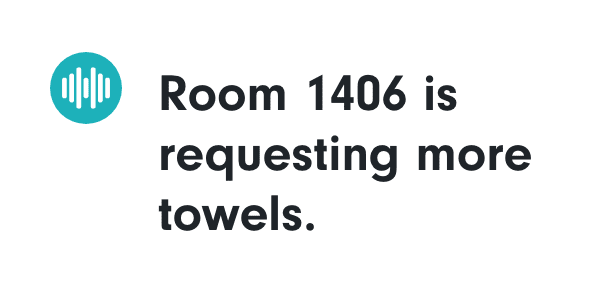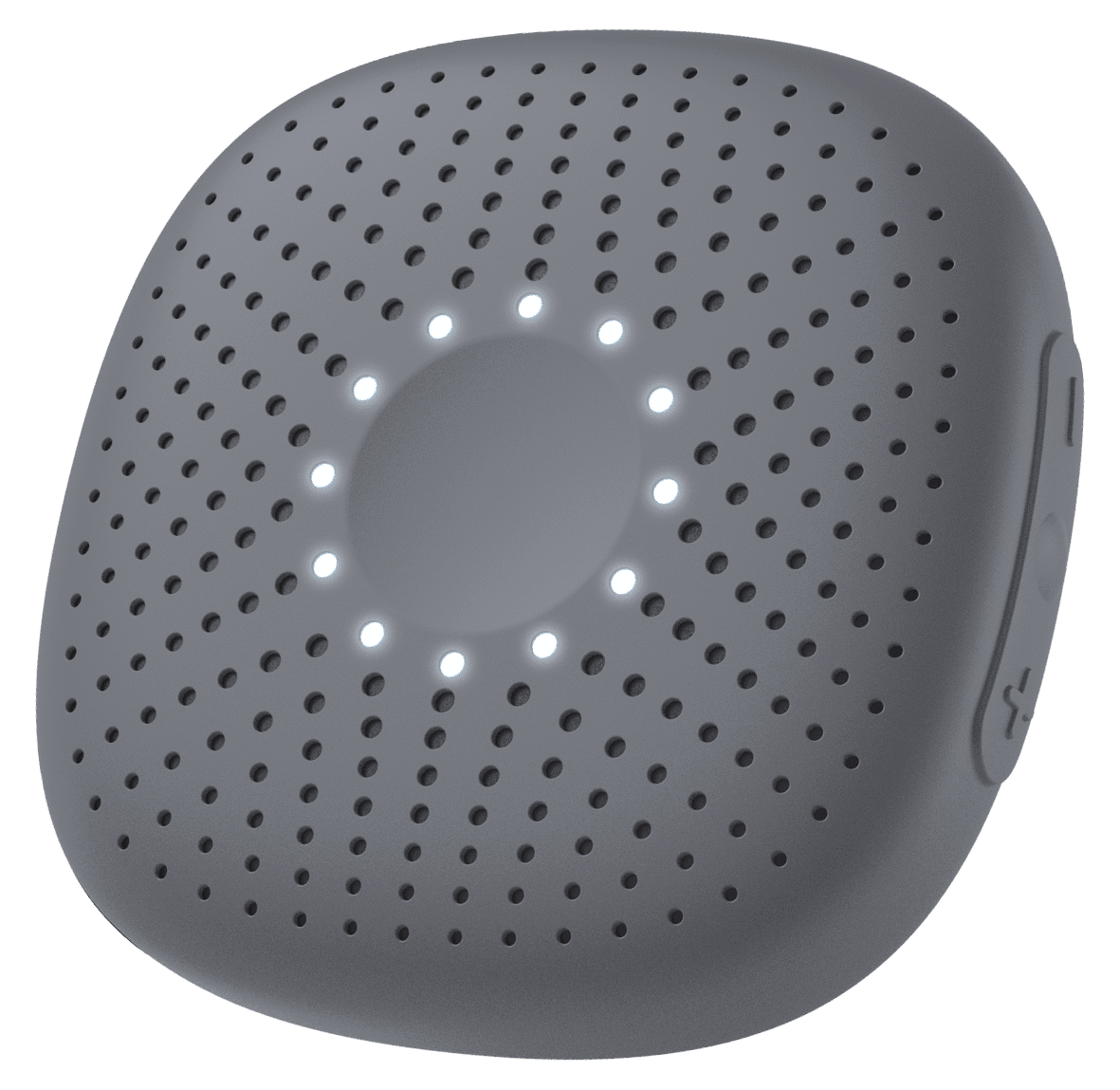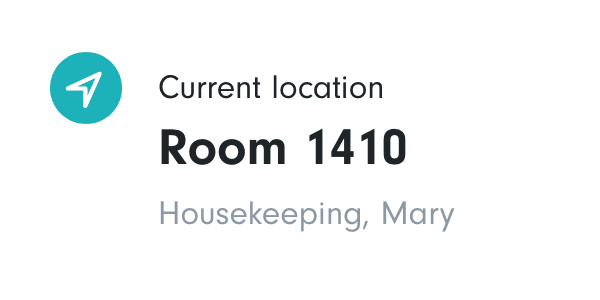At just about a year and a half into the pandemic, most of us probably know a lot more about germs, contagion, and safety measures than we ever thought possible. And while anyone working in the hospitality industry has always prioritized keep guests happy, well-fed, and safe, these days there’s an increased sense of urgency as we realize these are potentially life and death issues now as well.
From staggering check-in and check-out to outfitting staff with panic buttons to expanded disinfection routines, these are some of our greatest takeaways from the pandemic.
Guests want to know you’re committed to keeping them safe. It may sound oversimplified, but when traveling for vacation or business, your guests don’t want to have to worry about a thing. They’re staying with you because your property offers them convenience or specific amenities while allowing them to stop constantly fretting about the state of their health or safety. While you rely on guests to follow your property’s rules, they need to know that your property is doing everything possible to keep them as safe as possible. Sometimes that’s something as simple as adding a note on a reservation letting guests know there’s a staggered dining option. Other times it can be presenting them with more exits and entryways to avoid a crush during mealtime or before site-seeing. And if you sense a guest is still uneasy, you can ask them to fill out a feedback form to try to understand how to do better during their next say.
Guests want to be apprised of updates in policy. While some resorts or hotels prefer to keep their routines more private, clients now want to know where you stand in terms of everything from cleaning a room to expanded check-in schedules.
Guests need to be reassured. If someone decides to travel, they want to know that they’re making the right decision by trusting you with their health and safety. As such, make statements when necessary. If your resort or restaurant is an industry leader, let guests know. Now more than ever is a great time to brag about all the ways you’re dedicated to keeping guests safer than ever.
It’s a good idea to have a consistent spot for updates. To help guests feel relaxed and safe, you should update your website and app often to include not only your most recent policies but any changes potentially affecting them. For instance, if you live in a state that passed panic button mandates, you should thoughtfully mention that your team is now equipped with associate alert devices. Many hospitality sites keep a prominent area of their website for all COVID or safety-related announcements.
Guests want a go-to person. Where visitors to your hotel or spa might have previously checked in and then gone about their visit, they now want someone to stay connected to throughout. Since announcements are made daily about everything from new variants to locally implemented laws, your clients want to know there’s someone they can talk to about any changes. Unlike the smash TV show The White Lotus, where the staff presented interchangeable roles and personas, guests want to feel as though there’s someone they connect to beyond the polite nods.
Guests will follow your lead. As long as you present options that make sense and are clear to have been created with your guests’ safety in mind, you don’t have to apologize or second-guess your choices. If guests seem combative or unwilling to mask up if it’s the law where you are, you can politely and firmly offer them an alternative housing option. Your bottom line is providing a sense of guest safety to the majority of guests.
Guests expect you to make an extra effort. If you would rather show and not tell, consider adding visible amenities to your guest rooms. A hand sanitizer pump in all rooms and widely available minis show guests that your commitment to guest safety is authentic and part of your policy.
Guests want to see the ways you keep them safer. While in the past having one’s room made up was the extent of a guest’s interaction with the cleaning staff, they now want to be reminded of their presence. Consider assigning one employee to disinfect entranceway touchpoints like banisters or elevator buttons. Consider asking staff to all wear their panic buttons in the same spot, for instance right about their name tag. This is another visual clue that your establishment keeps both employees and guests protected at all times.
